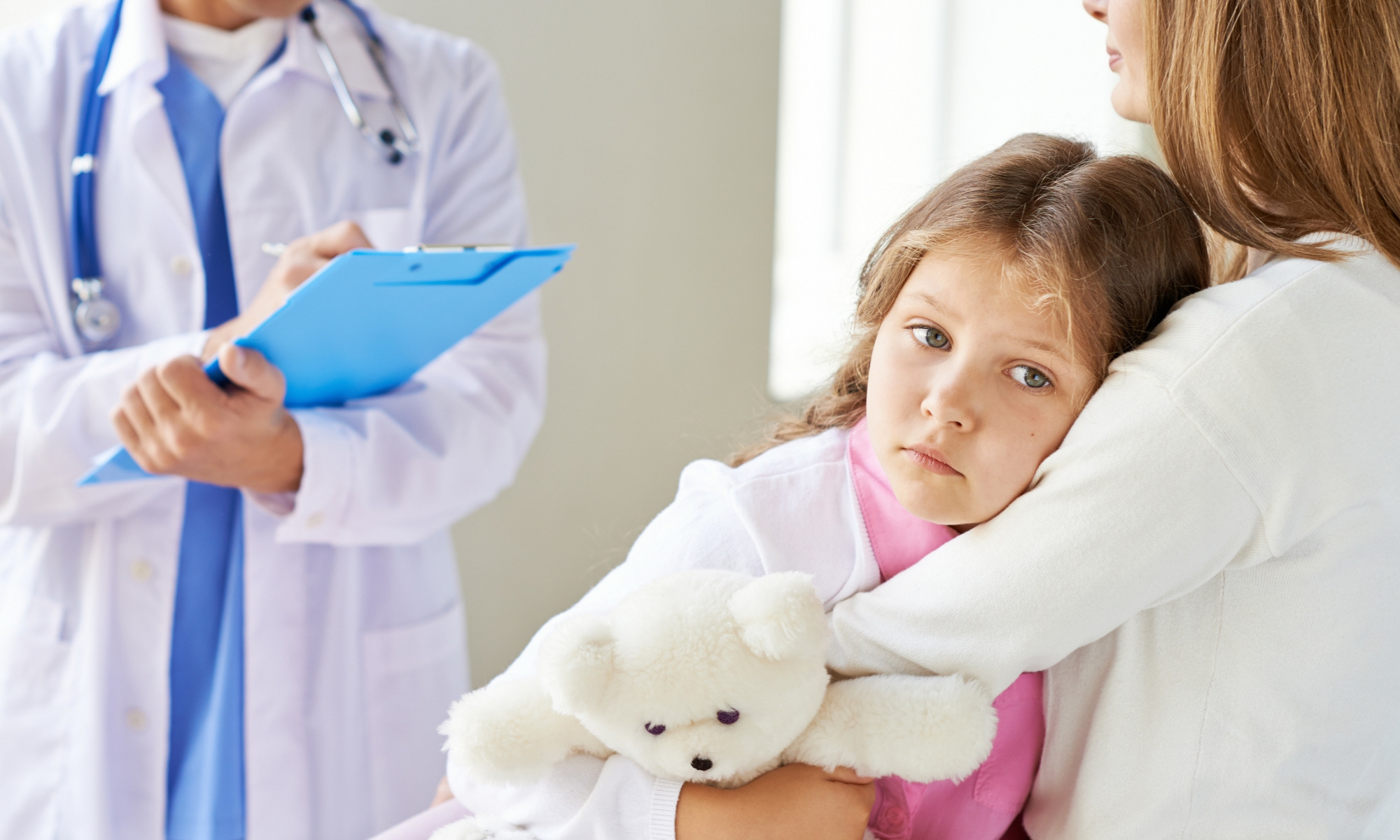
First, let me clarify that I was a CHEMIST in my former life… chemicals are chemicals… some can be safe and some can be dangerous. Water by definition is a chemical compound (a thing that is composed of two or more separate elements; a mixture, ie. Hydrogen and Oxygen)
Ever since my daughter began having mysterious reactions to VERY common household cleaners like ETHYL ALCOHOL… I have been on a quest to reduce toxic chemicals in our house.
Now being a chemist, one must realize that all CHEMICALS are not bad under this definition:
a chemical is : a material produced by or used in a reaction involving changes in atoms or molecules
So the KEY here is to identify chemicals that we can use to clean our homes that are NOT HARMFUL (or maybe at least LESS HARMFUL) to our bodies, whether that be from an inhalation, contact, absorption or the digestive route!
Here are a few pointers for choosing safer household cleaners:
1. Some of the basics cleansers you can make a multitude of products out of include: baking soda, lemons, vinegar, water, hydrogen peroxide, castile soap, and salt.
2. If you do not like to or don’t have the time to make your own, there are companies out there who will make them for you (check out your local farmer’s market).
3. There are organizations out there to help get you started, including http://www.womensvoices.org/ with their link to this resource.
4. If you love the FRAGRANCE and the “clean smell” of all the perfumes (possible toxins) added to your favorite cleaning products, you can have your cake and eat it too, naturally, of course! A friend gave me some essential oils a few years ago and they smell amazing! Just a few drops of these added to the recipes above are amazing and natural, 100% pure from the plant they were derived from.
5. H is for Hydrogen peroxide There are numerous uses for this VERY inexpensive ingredient! It is an oxidizer and can be used IN PLACE of bleach, it works very well on blood an food stains, it also as disinfecting properties. You can use it to rinse cutting boards to get rid of yuck meat bacteria and even rinse fruits and veggie with it to get rid of bacteria that may be looming there (be sure to rinse well with water before eating!) So many uses and the best part about it all, is that when it washes down the drain it breaks down into biodegradable products, so it does not pollute the environment or water supply!
Some recent research linking chemicals to autism:
So far, evidence suggests that some criteria air pollutants, some metals, and several pesticides, with suggestions that some volatile organic compounds (e.g., methylene chloride, trichloroethylene, and styrene) and phthalates, may be linked to autism. (source)
and
An editorial published April 25 in the journal Environmental Health Perspectives calls for increased research to identify possible environmental causes of autism and other neurodevelopmental disorders in America’s children and presents a list of ten target chemicals including which are considered highly likely to contribute to these conditions. These 10 chemicals include:
1. Lead
2. Methylmercury
3. PCBs
4. Organophosphate pesticides
5. Organochlorine pesticides
6. Endocrine disruptors
7. Automotive exhaust
8. Polycyclic aromatic hydrocarbons
9. Brominated flame retardants
10. Perfluorinated compounds
(source)
Green Cleaning can be fun, easy and detoxifying, not just for us but also for our kids with Autism…. Just please don’t drink the H2O2 🙂

